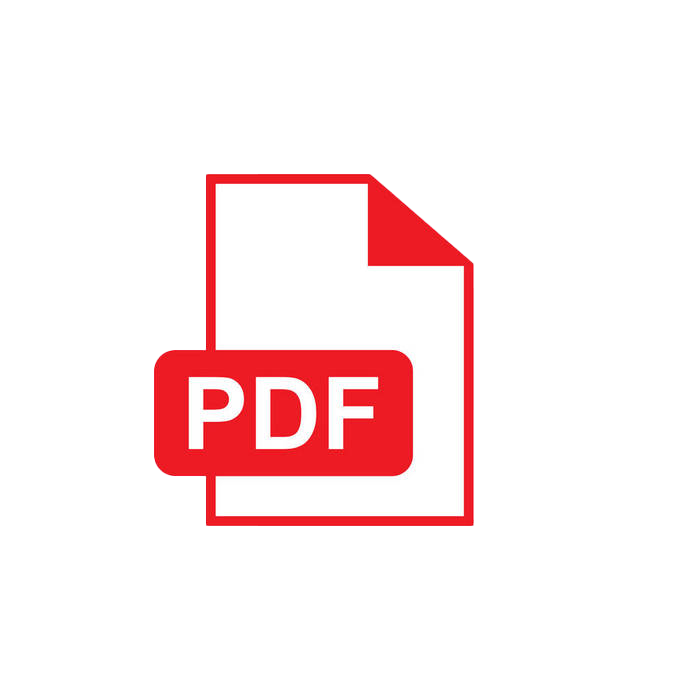
Network pharmacology-based investigation into the mechanism of action of TongxieYaofang decoction in the treatment for ulcerative colitis
MAI Yuyi,LIN Yujian,SHI Jun*,…
[Abstract] Objective Network pharmacology techniques were used to predict the key active compounds and targets of TongxieYaofang decoction in treating ulcerative colitis (UC) and exploring the potential multicomponent, multitarget, and multipathway mechanism. Also, peroxisome proliferator-activated receptor-γ (PPAR-γ) in cancer pathways was selected for animal testing. Methods The chemical components of the four herbs in TongxieYaofang decoction were collected from the Traditional Chinese Medicine Systems Pharmacology Database and Analysis Platform (TCMSP), whereas the other relevant information was obtained from the literature. Targets of the active compounds were obtained from the TCMSP and SwissTargetPrediction. Meanwhile, the UC targets were searched and screened from GeneCards and DisGeNET and intersected with targets of the active compounds in TongxieYaofang decoction. The obtained common targets were imported into the STRING database to build the target protein-protein interaction network. Cytoscape software was used to construct the network diagram of single herb-active compounds-targets of TongxieYaofang decoction. The common targets of the drug and disease received the Gene Ontology (GO) analysis and Kyoto Encyclopedia of Genes and Genomes (KEGG) pathway enrichment analysis to determine the biological functions and metabolic pathways of the drug and predict its potential mechanism of action in treating UC. Molecular docking was conducted for the top 3 and 5 relevant proteins using AutoDock software and verified in animal testing: UC rat models were established and received 22 g/kg alcohol extract of TongxieYaofang decoction through intragastric administration for 28 days. The colonic mucosa damage index was assessed. PPAR-γ protein expression was detected by immunohistochemistry. Results Fifty-three UC-related potential active compounds and 168 potential targets were obtained. Paeoniflorin in Radix Paeoniae Alba and wogonin in Radix Sileris might be the key compounds of TongxieYaofang decoction in treating UC. Cyclooxygenase-2 (PTGS2), the most highly associated with active compounds, might be an important therapeutic target. GO and KEGG enrichment analyses showed that the efficacy of TongxieYaofang decoction involved various molecular functions and biological processes and might achieve the collaborative treatment for UC through multiple pathways, such as cancer pathways, tumor necrosis factor signaling pathway, Toll-like receptor signaling pathway, and phosphatidylinositol 3-kinase/Akt signaling pathway. The molecular docking results demonstrated that active compounds had a favorable binding activity with the target AR. TongxieYaofang decoction could significantly increase PPAR-γ expression in UC rats (P < 0.05), verifying part of the predicting outcomes of network pharmacology. Conclusion TongxieYaofang decoction is featured with the multicomponent, multitarget, multipathway collaborative treatment for UC. This study has predicted the potential active compounds and key targets and preliminarily clarified the potential material base for the efficacy and mechanism of this drug.
[Key words] TongxieYaofang decoction; Ulcerative colitis; Paeoniflorin; Wogonin; Cyclooxygenase-2; Peroxisome proliferator-activated receptor-γ
基于网络药理学探究痛泻要方治疗溃疡性结肠炎作用机制研究
[摘要]目的 运用网络药理学技术预测痛泻要方治疗溃疡性结肠炎(ulcerative colitis,UC)的主要活性成分和作用靶点,探讨其多成分-多靶点-多通路的潜在作用机制;并选取癌症通路中的过氧化物酶体增殖物激活受体(PPAR-γ)进行动物实验验证。方法 利用中药系统药理数据库与分析平台(TCMSP)收集痛泻要方中4味中药的化学成分,并通过文献资料加以补充;通过TCMSP及SwissTargetPrediction数据库获取活性成分的作用靶点;同时从GeneCards、DisGeNET数据库对UC靶点进行检索及筛选,与痛泻要方的活性成分靶点进行交集,筛选出的共同靶点导入STRING数据库构建靶点蛋白-蛋白相互作用(PPI)网络;运用Cytoscape软件构建痛泻要方“单味药-活性成分-作用靶点”网络关系图,对药物-疾病共同靶点进行GO分析和KEGG通路富集分析,分析其参与的生物功能与代谢通路,预测痛泻要方治疗UC的潜在作用机制。采用AutoDock软件对相关度前3的蛋白与相关度前5的成分进行分子对接,并进一步采用动物实验进行验证:复制大鼠UC模型,22 g/kg痛泻要方醇提物灌胃给药28 d,评价大鼠结肠黏膜损伤指数,采用免疫组化检测PPAR-γ蛋白表达水平。结果 在痛泻要方中,共筛选出53个与UC相关的潜在活性成分和168个潜在作用靶点,其中白芍的芍药苷(paeoniflorin)、防风的汉黄芩素(wogonin)可能是痛泻要方治疗UC的关键成分,而靶点环氧化酶-2(PTGS2)与活性成分的关联最多,提示这可能是重要的治疗靶点。GO和KEGG富集分析结果表明,痛泻要方发挥药效涉及多方面的分子功能与生物过程,可能通过癌症通路、肿瘤坏死因子信号通路、Toll样受体信号通路和磷脂酰肌醇3'-激酶信号通路等多条通路协同治疗UC。分子对接结果表明活性成分与靶点AR具有较好的结合活性。痛泻要方可显著升高UC大鼠PPAR-γ(P<0.05)的表达量,验证了网络药理学的部分预测结果。结论 痛泻要方具多成分、多靶点、多通路协同作用治疗UC的作用特点,并预测了其可能的活性成分和关键靶点,初步阐明其潜在的药效物质基础和作用机制。
[关键词]痛泻要方; 溃疡性结肠炎; 芍药苷; 汉黄芩素; 环氧化酶-2; 过氧化物酶体增殖物激活受体